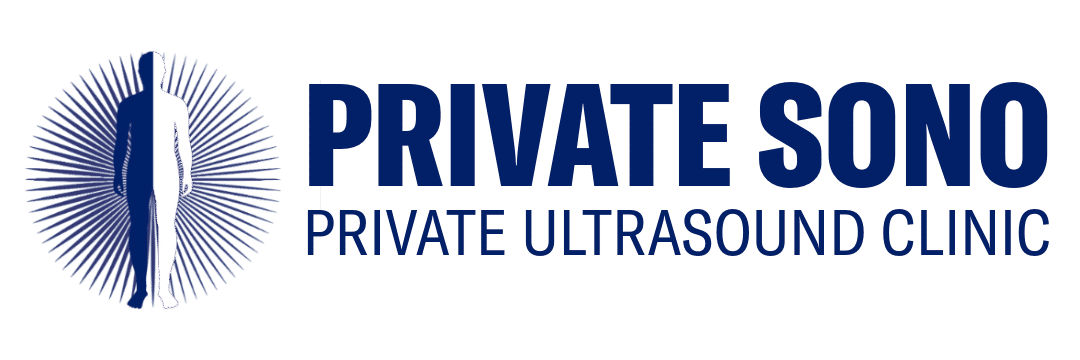In today’s modern world, preventive healthcare has become increasingly important. Regular screenings and tests can help identify potential health issues before they become major problems. One such screening that can provide valuable insights into your kidney health is a kidney ultrasound. In this article, we will explore why you need to have a kidney ultrasound, the benefits it offers, and the necessary preparations for the procedure.
Understanding Kidney Ultrasound:
A kidney ultrasound, also known as a renal ultrasound, is a non-invasive imaging test that uses sound waves to create images of the kidneys. It allows healthcare professionals to evaluate the size, shape, and overall condition of your kidneys. Unlike other imaging techniques, such as CT scans or MRIs, ultrasounds do not expose you to radiation, making them a safer option.
Why You Need a Kidney Ultrasound:
Diagnosis of Kidney Conditions: Kidney ultrasounds are commonly used to diagnose various kidney conditions, including kidney stones, cysts, tumors, and infections. By detecting these issues at an early stage, prompt treatment can be initiated to prevent further complications.
Monitoring Kidney Health: If you already have a known kidney condition, regular ultrasound examinations can help monitor the progression of the disease. This enables healthcare professionals to adjust your treatment plan accordingly and intervene if necessary.
Evaluation of Kidney Transplants: For individuals who have undergone kidney transplantation, ultrasounds are performed to assess the health and functionality of the transplanted kidney. Any signs of rejection or complications can be detected early on, improving the chances of successful treatment.
Benefits of Kidney Ultrasound:
Non-Invasive and Safe: As mentioned earlier, kidney ultrasounds are non-invasive and do not involve any exposure to radiation. This makes them a safe and preferred diagnostic tool, especially for pregnant women and individuals who need repeated screenings.
Quick and Painless Procedure: A typical kidney ultrasound takes around 30 minutes, and it is a painless procedure. The ultrasound technician will apply a gel to your abdomen and use a transducer to capture images of your kidneys. The entire process is comfortable and does not require any recovery time.
Real-Time Imaging: One significant advantage of a kidney ultrasound is the ability to obtain real-time images. This means that the healthcare professional can observe the movement and flow of blood within the kidneys, identifying any potential abnormalities quickly.
Preparations for a Kidney Ultrasound:
Fasting: In most cases, you will be required to fast for at least 8 hours before the ultrasound. This ensures that your kidneys are clear of any food or beverage residue, allowing for a clearer image.
Medications and Supplements: Inform your healthcare provider about any medications or supplements you are currently taking. Some medications may need to be temporarily stopped, as they can interfere with the ultrasound results.
Clothing: Wear loose and comfortable clothing to the ultrasound appointment. You may be asked to change into a gown, so it’s essential to wear easily removable garments.
Communication with Healthcare Provider: If you have any pre-existing medical conditions or concerns, discuss them with your healthcare provider before the ultrasound. This will help them tailor the procedure to your specific needs.
Conclusion: A kidney ultrasound is a valuable tool for assessing and monitoring your kidney health. Whether you are experiencing symptoms or simply want to stay proactive about your well-being, this non-invasive and safe procedure offers numerous benefits. Remember to consult your healthcare provider for personalized advice and recommendations regarding kidney ultrasounds.



